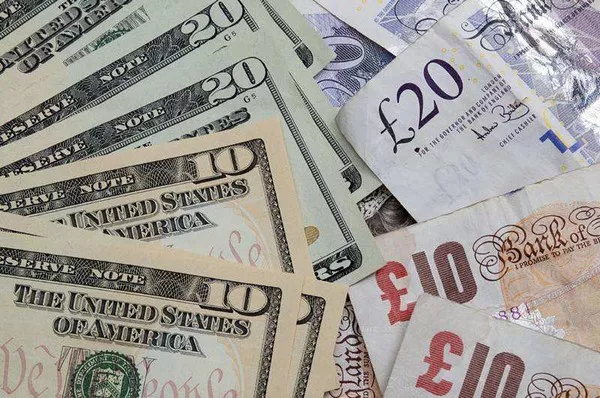GBP/USD continues to struggle to gain any meaningful traction, hovering near the lowest levels since early June hit on Monday. Spot prices are currently trading around 1.2380-1.2375 and appear vulnerable to extending the decline seen over the past two-plus months.
Firm expectations that the Bank of England (BOE) is about to end its interest rate hike cycle continue to weaken the pound (GBP) and act as a headwind for GBP/USD. On the other hand, the US dollar (USD) remains on the defensive below last week’s six-month high, helping to limit losses in spot prices. Traders also appear reluctant to make aggressive bets, preferring to sit on the sidelines ahead of this week’s key central bank event risks – Wednesday’s high-profile FOMC decision and Thursday’s crucial Bank of England meeting.
From a technical perspective, GBP’s recent decline along a downward channel suggests that a short-term downward trend has been established. Additionally, last week’s breakdown of the all-important 200-day simple moving average (SMA) — for the first time since March — was seen as a new trigger by bearish traders. The subsequent decline and break below the 1.2400 round-figure mark validates the negative outlook. This, along with negative oscillators on the daily chart, suggest that the path of least resistance for GBP/USD remains to the downside.
Therefore, the pound is likely to then fall to test the May swing low near the 1.2310-1.2300 area. The above-mentioned area coincides with the bottom of the above-mentioned trend channel. If it falls below decisively, it will pave the way for the continuation of the decline. GBP/USD may then accelerate its decline to test the 1.2200 round-figure mark and eventually fall towards the next relevant support level near the 1.2150-1.2140 horizontal area.
Conversely, any move back above the 1.2400 handle is likely to encounter strong resistance near the 1.2430-1.2435 area or the 200-day EMA. Sustained strength could trigger a short-covering rally that could take GBP/USD back towards the psychological 1.2500 mark. The resurgence could extend further but could still be seen as a selling opportunity and could fade quickly around last week’s swing highs (around 1.2545-1.2550). For short-term traders, the latter should be a key point.
A successful breakout would indicate that GBP/USD has formed a short-term bottom and pave the way for a meaningful appreciation move in the short term. At that point, spot prices may climb towards the 1.2600 round figure, which is the upper boundary of the descending channel. Following this is the 100-day EMA barrier, currently around 1.2645, which if decisively broken above could turn the near-term bias towards bullish traders.


